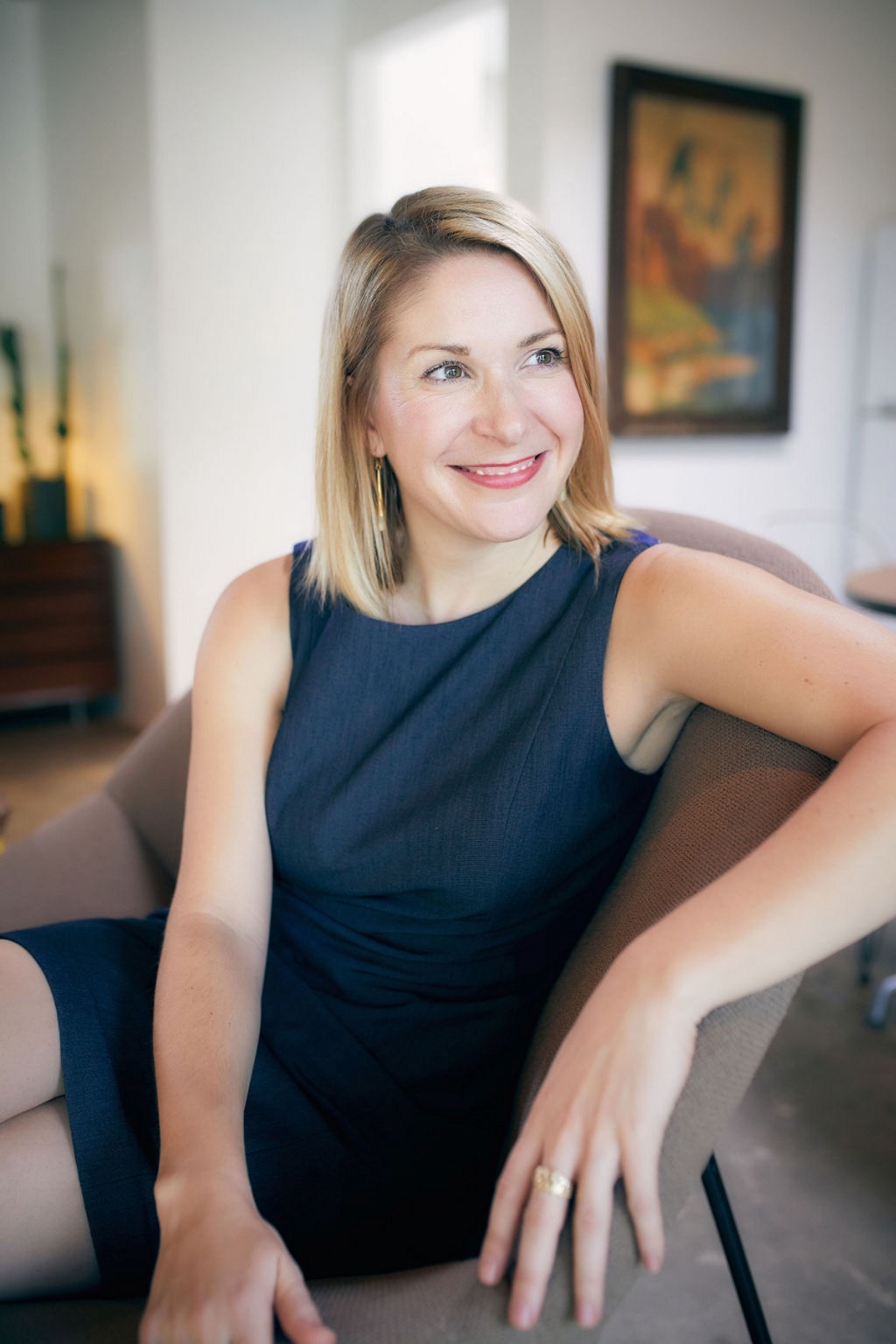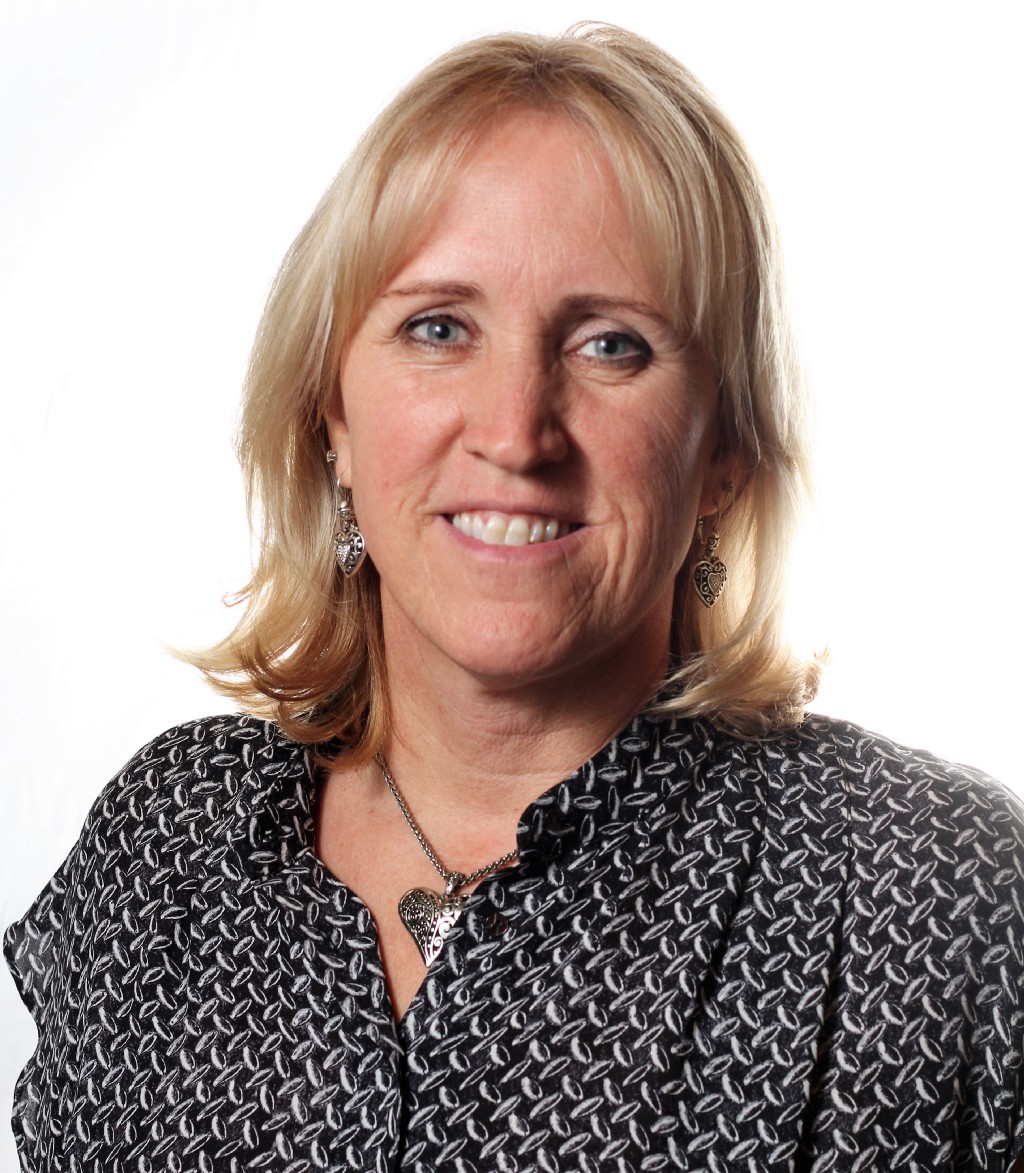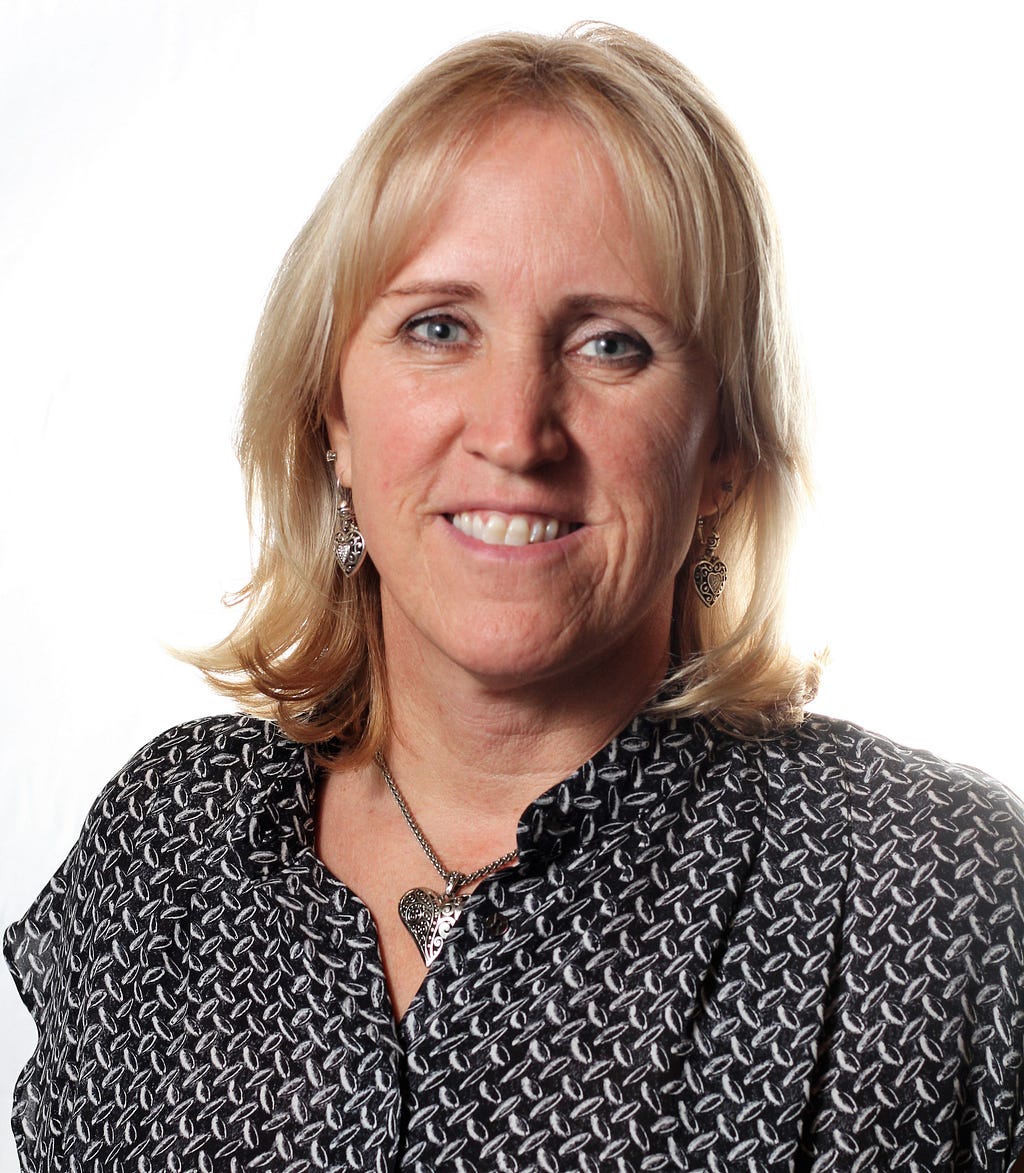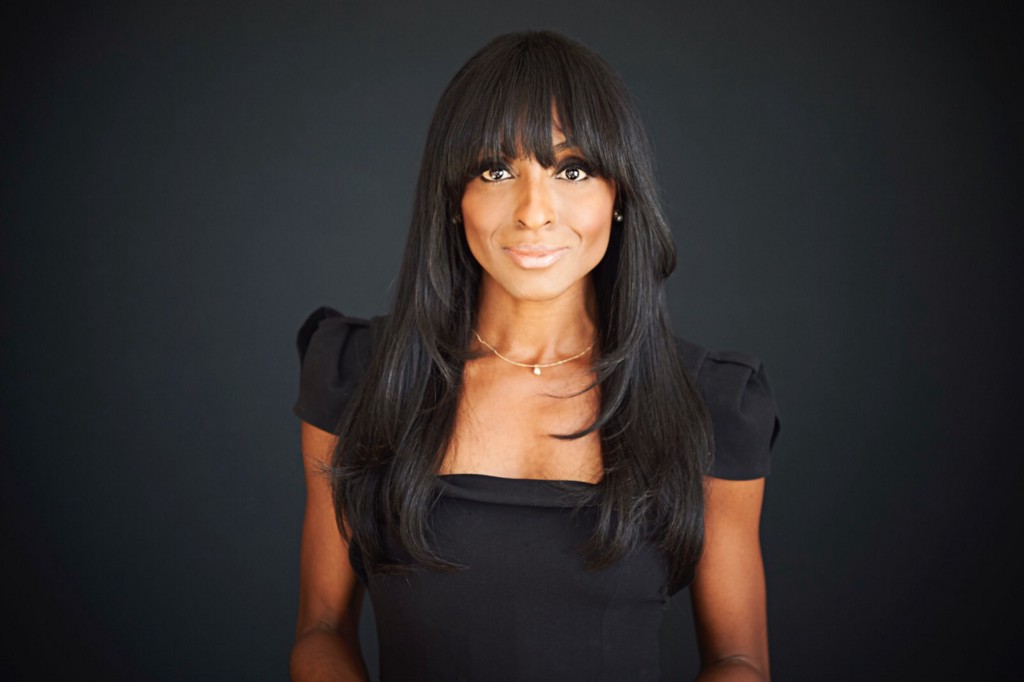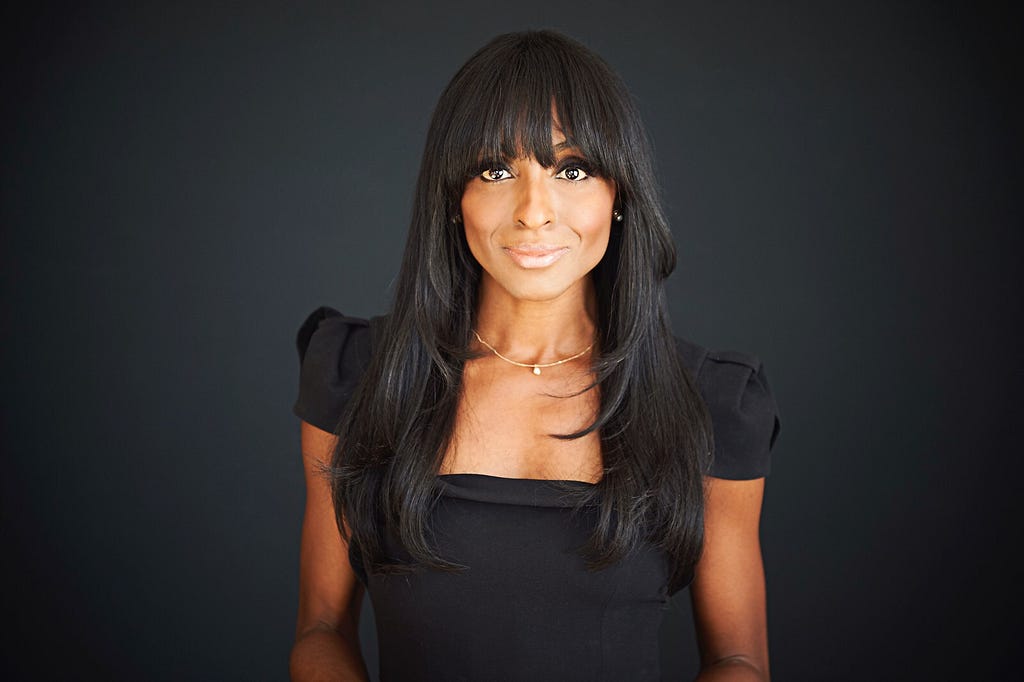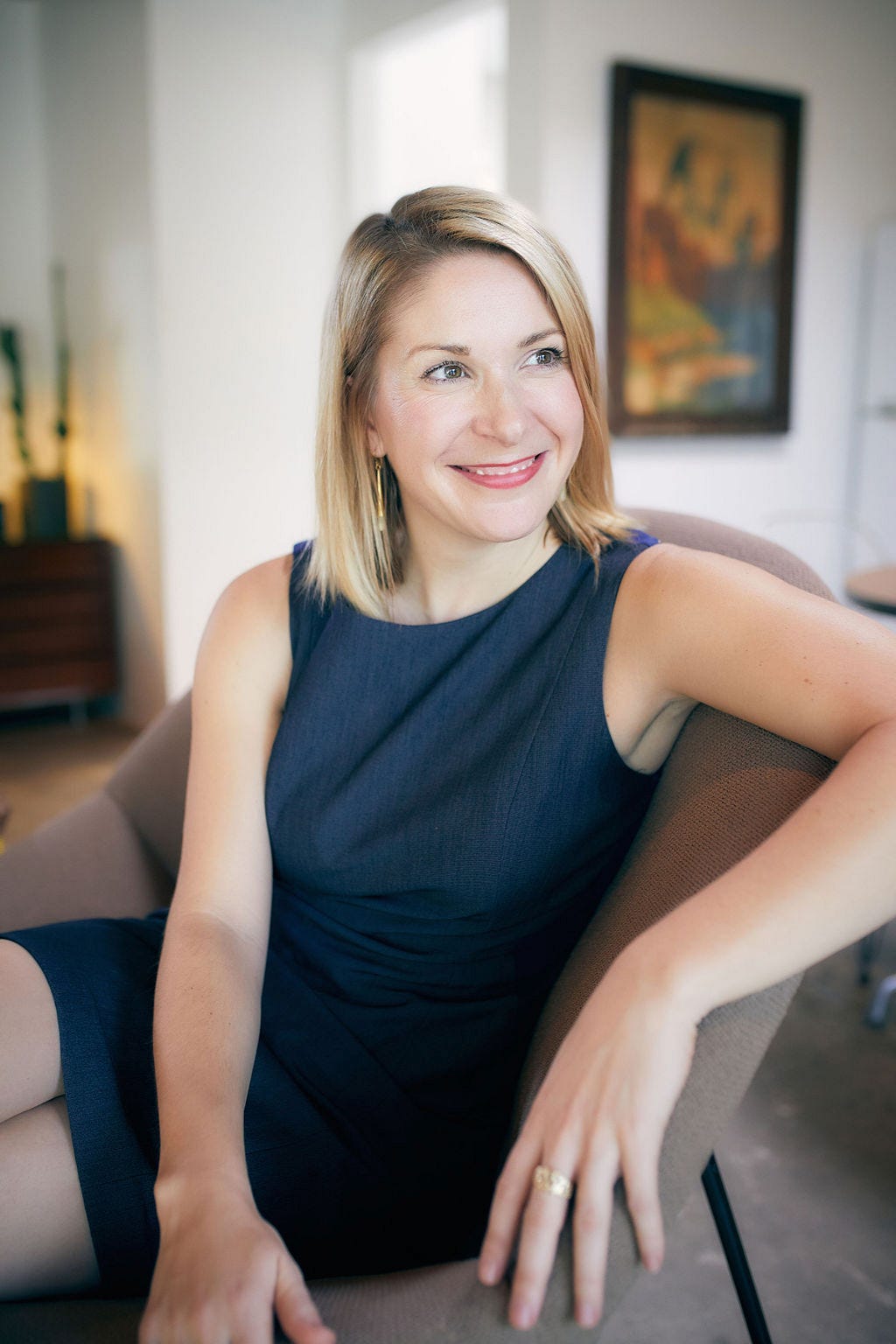
Almost everyone will experience the impostor syndrome at some point. When I lead workshops on it, the simple act of sharing about these feeling creates vulnerability, connection and they become a universally shared experience. When we remember that these feelings are universal we can start to connect to others and ourselves with compassion, remembering that at any moment someone else in the room has at one point felt like a fraud.
As a part of our series about how very accomplished leaders were able to succeed despite experiencing Impostor Syndrome, I had the pleasure of interviewing Gia Storms, PCC, Executive Coach.
Gia Storms is a professional coach and leadership expert specializing in developing employees and catalyzing change. She brings to her work more than 15 years of strategic communications and marketing in the corporate and non-profit worlds, inspiring teams and individuals to overcome their fears and step forth with courage. Gia previously served as the Chief Communications Officer at the Hammer Museum at UCLA, one of Los Angeles’ leading contemporary art Museums and cultural centers. She led the museum in understanding communications styles and facilitated trainings across the museum to help improve outcomes in internal communications, employee engagement and departmental collaboration.
As coach and leadership facilitator, Gia brings strategic communication and storytelling to all her clients working to develop their organizations and futures. Presenting in front of groups and one-on-one, she helps individuals to realize their future path and pave the way for transformation in business and careers, with particular focus on mindfulness and co-active coaching.
A native of Seattle, Gia is a graduate of Barnard College, Columbia University, with a bachelor’s degree in Women’s Studies. She graduated from the Coaching Training Institute, one of the world’s oldest coaching universities, with a certification in professional coaching, and has been trained with Coro’s Leadership New York, and certified in Interpersonal Leadership Styles, leading workshops with teams across dozens of organizations. She currently lives in Los Angeles where she runs coaching workshops and is a graduate of the University of Santa Monica’s Spiritual Psychology Program.
Thank you so much for joining us! Our readers would love to “get to know you” a bit better. Can you tell us a bit about your ‘backstory’?
Nine years ago, when I was first introduced to coaching, I was rocked by a deep and instant calling to help individuals and teams connect to a new form of leadership. After spending a more than a decade and a half working in strategic and crisis communications in New York City and Los Angeles’ most competitive environments, I was ready to help leaders and teams find a new way to inspire, engage and achieve better workplace outcomes. Today, I support my executive coaching clients by helping them to make strategic shifts towards their best professional life. I work with leaders and organizations facilitating workshops that bring clarity, connection and improved communication to the workplace. I love living in Los Angeles, where I’m surrounded by dreamers, and regularly scheme new ways to push myself out of my own comfort zone (this year: travel to Algeria, motorcycle school, book in progress). My dream is for every person in the world to have a coach who helps hold space for deep connection, self-awareness and lasting personal and professional transformation.
Can you share with us the most interesting story from your career? Can you tell us what lessons or ‘take aways’ you learned from that?
I have recently come to understand that my life purpose is to walk the invisible bridge to make it safe for others to follow. To walk the invisible bridge means to go forward, even if you would rather hang back and blend into the crowd. To walk into the unknown, trusting that the net will appear; to speak out and step forth, even when the path looks uncertain and the territory hostile.
This has not always been my story. My own journey into courageously stepping forth was marked by small, early acts of resistance: Shaving my head in college to better understand gender norms, initiating private, courageous conversations in and out of the workplace when I saw bad behavior from coworkers, and finally leaving the full-time job and pension behind to enter the vast unknown of solo-preneurship.
Now that I have been on the invisible bridge of this new path — examining and embracing it from all sides — I have been able to call back over my shoulder in a clear, strong voice: “You guys! It’s real! It’ll hold! Come on out!” Today, I call clients forth with the certainty of one who has walked this path.
In careers today, most people I talk to wrestle with this feeling of disempowerment; shackled by the external circumstances — underpaying jobs, tyrannical bosses, financial burdens of dependents — that keep them from pursuing the scary dream or taking full charge of the journey.
Others I speak with cannot imagine what might lie beyond the ridge of the known, and so the safer choice becomes to stay on solid footing, inching our way forward and crossing our fingers that we will one day be rescued, recognized and rewarded.
But the cost of waiting is too high. As the stakes get higher in an increasingly complex world, as old institutions and old ways of being crumble, as more and more of us begin to answer a deeper call, it gets harder to ignore the thing inside of you that is yearning for freedom.
A new era of courage is dawning.
What do you think makes your company stand out? Can you share a story?
My coaching inspires clients to imagine their best lives and courageously take the action needed to make it happen. For example, when a client comes to me stuck, or paralyzed by procrastination, or longing for more meaning and purpose in their life, I push them to shorten the distance between dreaming and doing, and arm them with the tools and techniques to create meaningful, swift change in all areas of their lives.
In general, my clients are leaders craving balance and meaning, creatives looking to take their careers to the next level, managers seeking tools to overcome resistance and make change happen now. Together, we dare to dream up the fullest expression of that best life — then take solid, direct steps to make it a reality.
None of us are able to achieve success without some help along the way. Is there a particular person who you are grateful towards who helped get you to where you are? Can you share a story?
I had early champions who saw my full potential and relentlessly advocated for journey as a coach — my parents, as well as some of my first teachers and bosses were all my main cheerleaders. When I was first introduced to coaching, I found a dear mentor and friend who had built her own vibrant coaching practice that was transforming the lives of leaders. Christie Mann became an inspiring friend and role model on this path, pointing me to a way of walking forward with courage and vulnerability to effecting tremendous change.
Ok thank you for all that. Now let’s shift to the main focus of this interview. We would like to explore and flesh out the experience of Impostor Syndrome. How would you define Impostor Syndrome? What do people with Impostor Syndrome feel?
Impostor syndrome is a reoccurring sense of inadequacy or self-doubt that negatively impacts the way we show up to perform. Impostor syndrome typically shows up as a doubt that you will be found unworthy or exposed as a fraud, that you don’t belong, despite external evidence like credentials, experience and personal or professional qualifications. When I think of this syndrome, I visualize it as an inner critic that constantly tells us we are faking it, and making us feel like pretenders at whatever task we are attempting.
What are the downsides of Impostor Syndrome? How can it limit people?
Impostor syndrome is not always a bad thing. It typically shows up when we are attempting to change, or moving out of our comfort zone, which can signal you’re on the right track. According to some leadership experts, if you are not experiencing the impostor syndrome regularly, you are not taking big enough risks in your life. However, it needs to be managed correctly when it does show up. When it is not dealt with consciously, it can sabotage our ability to create the impact we want at work and in our personal lives.
Generally, when the impostor syndrome shows up, our thoughts of “I don’t belong here” quickly transform into physical fear, anxiety, and self-doubt and move us into a parasympathetic response of fight, flight or freeze. When we’re in this kind of response, our ability to respond creatively and impactfully to a situation decreases. If we are interested in making powerful and impactful choices, we need to begin to recognize how this process works inside of us and find new patterns of behavior to interrupt these thought patterns and move into action.
How can the experience of Impostor Syndrome impact how one treats others?
When we are in the grips of the inner critic, we are focused on ourselves, paralyzed by fear and inclined to either shut down to self-protect or overextend ourselves by boasting and getting defensive. Typically this kind of response produces disastrous results in the workplace.
Almost everyone will experience the impostor syndrome at some point. When I lead workshops on it, the simple act of sharing about these feeling creates vulnerability, connection and they become a universally shared experience. When we remember that these feelings are universal we can start to connect to others and ourselves with compassion, remembering that at any moment someone else in the room has at one point felt like a fraud.
We would love to hear your story about your experience with Impostor Syndrome. Would you be able to share that with us?
Starting my own business was nothing if not an exercise in overcoming impostor syndrome. For months at a time in the early days of venturing out, I I could hear my inner critic on repeat, complaining: Who do you think you are, you don’t belong here, this will never work.
In reality, of course, not only was the business thriving, but I was doing exactly what I was supposed to be doing, and could point to half a dozen well-earned credentials that would serve as measures of my expertise in the field. So why wouldn’t the voice let me off the hook?
At different points, all of the leaders I work with must identify and move past their own feelings of impostor syndrome. It may show up as a nagging feeling of inadequacy, or a persistent fear that you will be discovered as a fraud or a failure. For most of us, the impostor syndrome shows up as a vicious inner critic that keeps us from truly owning our power and our weaknesses, from taking up space and from doing the brave thing in the face of old patterns that would have us seek safety over risk, familiarity over discomfort.
I have been a hyper-achiever my whole life. Let me re-frame: I have had a hyper-achieving inner critic my whole life. This particularly insidious, relentless critic in my head has claimed energy and space in my life for as long as I can remember. The activity, achievement, success, accolades or action I have done in given period of time is never. ever. enough.
Inner critics at their most basic are coping mechanisms, developed when we were young to ensure we survived childhood and adolescence, assisting us in critical moments to attract the right kind of attention or navigate potential threats to keep us safe. However, at a certain point, we outgrow our need for these basic protection mechanisms and are able to navigate our complex and largely non-threatening adult lives with some degree of psychological maturity.
And yet, the voices persist long past their usefulness — getting in the way of our effectiveness as leaders in our professional and personal lives. As adults, the inner critics are persistent, annoying, and sneaky and they rob us consistently of the joy of being in the moment. What’s more is they can rob us of taking needed, essential action steps to move into change.
Inner critics are fear personified. They can be harbingers of the exciting and constructive change that is on the horizon; a sign that you are moving out of your comfort zone. Yet, the fear-based thinking only ever serves to keep us in paralysis and negativity.
Did you ever shake the feeling off? If yes, what have you done to mitigate it or eliminate it?
If you are up to big change — if you have just accepted a promotion, or are managing a team for the first time, or are about to stand on stage to give a speech — it is time to get familiar with how your impostor syndrome operates and reduce the amount of time you spend listening to your inner critic.
At the end of the day, the inner critic driving the impostor syndrome cannot prevent us from making change if we learn to identify it and work with it, instead of against it. We are moving forward, and we get to decide who we want to listen to and put in the drivers seat. Over time, we will find ourselves increasingly free from self-doubt, leading from a place of confidence and courage, acknowledging the voices that pop up with patience and curiosity.
In your opinion, what are 5 steps that someone who is experiencing Impostor Syndrome can take to move forward despite feeling like an “Impostor”? Please share a story or an example for each.
1. Start by identifying your inner critic. This process begins by identifying when you are in fear, and getting clear about the critical part of yourself operating in those moments. When you get a good picture of your inner critic, start to approach them with curiosity: What’s the 2% of the information coming forward that’s actually useful? Is there a new way the fear can be instructive? If you can be gentle but firm with this part of yourself, it will ultimately dissipate the energy and allow you to get back to the important work of making change happen, with the critical rap on low volume.
2. Get creative about managing your fear. After you’ve identified the core critic and the way that it operates, you can playfully and creatively approach different ways to shift away from it. I’ve had clients imagine muting the volume of their inner critic, putting them on an imaginary bench, shrinking them down to three inches high, writing out a dialogue with them, or drawing an exaggerated cartoon sketch to add humor and definition to the irrational, insatiable energy and learn to laugh at it when it appears.
3. Call forth your confident inner leader. It is important that you work to identify your confident inner leader — the part of you that emerges when you are at your most confident, powerful and impactful. Create a clear vision of your confident inner leader and think about how they would react to any given situation. For example, if Michelle Obama is your confident inner leader, how would she handle a challenging work conflict? How would she stand? What would she say to prepare?
4. Take one small step of action. When the inner critic pops up — and they will until the end of time, if we are living into our full potential — you can use it as a moment to propel one step of action that would help you feel more solid inside yourself. Is there more education, experience or practice needed? For example, you might enroll in a course, recruit a friend to practice with you, or make a plan to get more experience to inspire more graceful confidence.
5. Tell on yourself to others. There is no tonic to bust the impostor syndrome wide open like telling on yourself. Have the courage to confide in someone you admire or trust. Share what is going on with you and you likely will find that they not only reassure you of your own abilities but that they will share with you their own similar experience. Dare to share and you will find that it gives you the ability to own your areas for growth as well as your strengths with confidence and wisdom.
You are a person of great influence. If you could inspire a movement that would bring the most amount of good to the greatest amount of people, what would that be? You never know what your idea can trigger. 🙂
My vision is for every person in the world to have the inner tools they need to make confident, compassionate, courageous choices in the face of fear and the great unknown. When we can connect with our full potential even at challenging moments we can effect radical transformation of our external world.
We are blessed that some very prominent leaders read this column. Is there a person in the world, or in the US, with whom you would love to have a private breakfast or lunch, and why? He or she might just see this, especially if we tag them 🙂
My heroes are creating radical transformation in the world working from the inside out: Byron Katie, Martha Beck, Robert Holden, Ekart Tole, Oprah, Michelle Obama, adrienne marie brown, Brene Brown, Elizabeth Gilbert. They exhibit courage, vulnerability, integrity, and messy, loving commitment to change in our world.
How can our readers follow you on social media?
You can find Gia Storms on Facebook, Instagram, LinkedIn, & Twitter!
This was very inspiring. Thank you so much for joining us!
Thank you!
Gia Storms: How I Was Able To Succeed Despite First Experiencing Impostor Syndrome was originally published in Authority Magazine on Medium, where people are continuing the conversation by highlighting and responding to this story.


